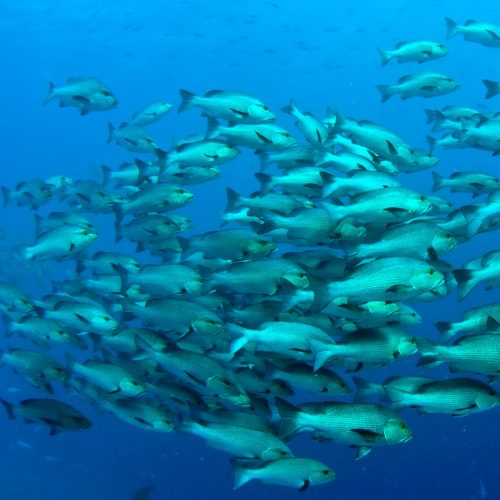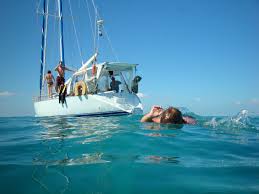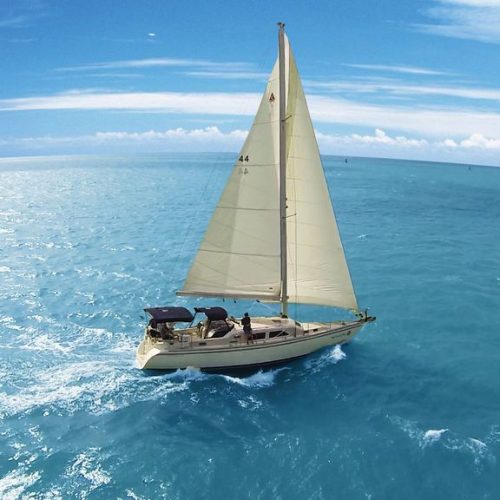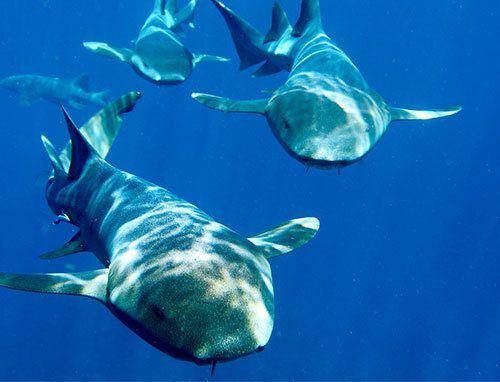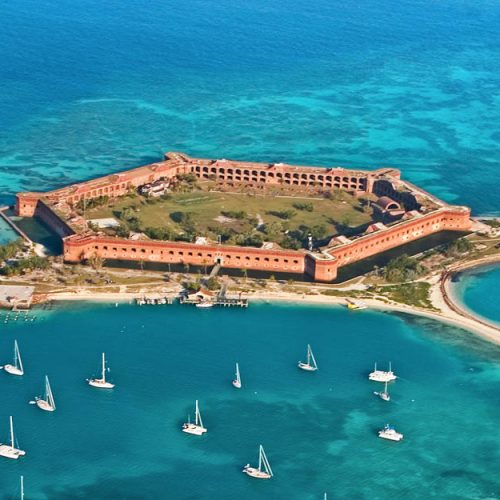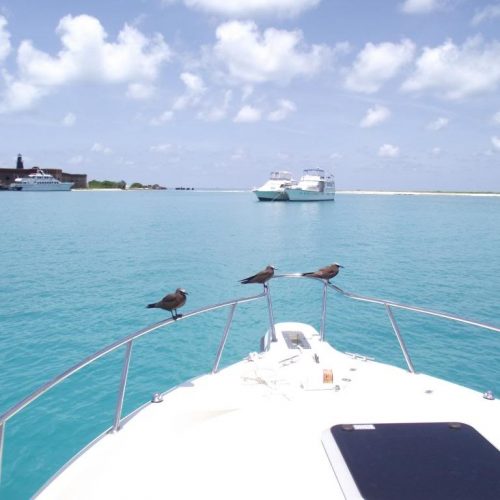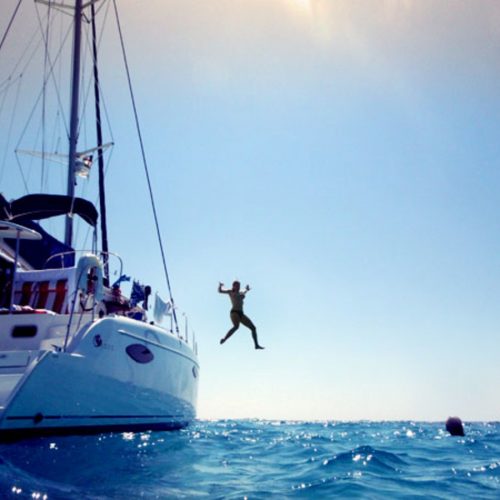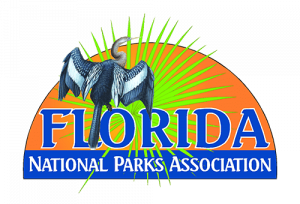Never underestimate the weather when embarking on an open sea expedition. A sudden tropical storm can arise in the Gulf of Mexico any day of the year. Generally speaking the summer season has the calmer rainier months, and the winter season brings high winds and dry weather. For current weather conditions click here.
The tidal change in South Florida may not seem like much compared to the tidal changes of New England, but they certainly make a difference in the shallow marine waters of the Dry Tortugas. For tide charts click here. You will have to travel across open-ocean, with no land in site, in order to reach Dry Tortugas National Park. You will need NOAA nautical charts 11438 and 11434 to safely navigate to and from the park. For a NOAA chart click here.
Dry Tortugas National Park is a remote destination, no food, water, or fuel is available in the park. You must bring all provisions you will need for your entire journey to the park, at the park, and back home from the park. Please do NOT plan on “catching” your food. While fresh caught seafood is an excellent addition, you should not count on fishing to provide you with food. In addition to planning to bring enough provisions for the entire length of your expedition, you should also plan on bringing a few extra days’ worth of food and water. The weather can change from a beautiful clam sunny day, to tropical storm wind and rain in a moment’s notice. You should be prepared to spend an extra day or two in the sheltered waters of the Dry Tortugas should a storm sneak up on you. Having planned for a couple extra days of food and water will only be a little extra work if not needed, and a tremendous benefit should you need it.
Do not forget to take your trash with you. Dry Tortugas National Park is a remote destination with no trash or recycling facilities available to the public.

